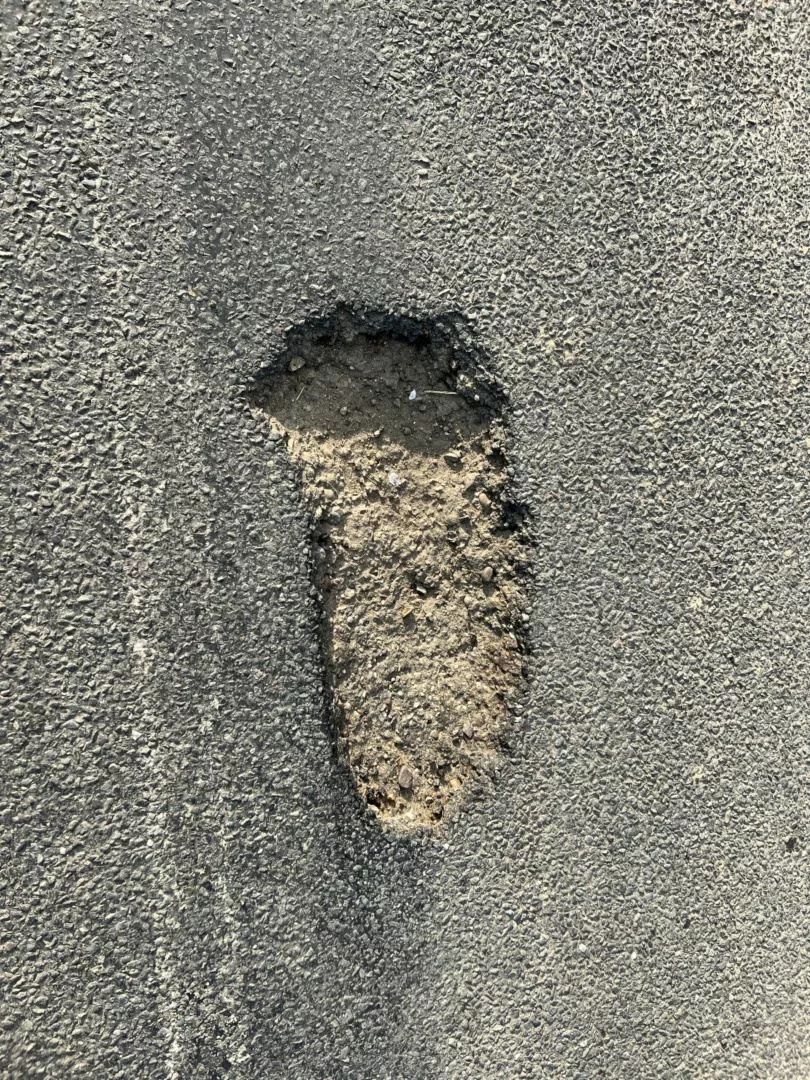It’s reported councils are spending a third less on filling potholes than they were eight years ago as they use “cheaper quick fixes” to plug the growing numbers on UK roads.
The Daily Telegraph says analysis for it by the Asphalt Industry Alliance found the amount spent by councils on filling potholes dropped from £144 million in 2015 to £96 million last year. This was mirrored by a drop in the number of potholes fixed with 1.4 million filled last year, compared to 2.7 million eight years ago.
The Telegraph’s report claims councils are choosing “cheaper and quicker methods” to fill potholes, which can sometimes last only a matter of weeks, as they face funding pressures and obligations to keep their roads safe.
It quotes Mark Morrell, a utility engineer of 25 years and pothole campaigner, as saying that councils are being forced into these shorter-term repairs because of funding constraints.
AIA Chair Rick Green told Highways News, “The submissions we receive from local authorities to our Annual Local Authority Road Maintenance Survey (ALARM) help provide a picture of local road funding and conditions. Reviewing the findings from ALARM submissions since 2015, we can see that there is a downward trend, both in the reported amount spent on pothole repairs as well as in the percentage this represents of local highway carriageway maintenance budgets.
“Qualitative feedback from local authorities as part of the ALARM survey, suggest that enhanced levels of data are enabling highway engineers to be more proactive and take preventative measures rather than relying on just filling potholes – in line with asset management principles. New innovations and practices may also be helping to prevent potholes from forming in the first place and/or re-forming and thus needing to be re-filled several times over.
“But asset management principles and materials innovation can only go so far in slowing down the decline in our ageing network and the legacy of underfunding and poor conditions means that potholes will continue to form. And what cash injections there have been, are never sustained long enough to make lasting improvements. ALARM 2023 reported that 11% – or one in every nine miles of the local road network in England and Wales – is classified as RED (poor overall condition) and is likely to require maintenance in the next 12 months. Without a change to the funding structure and the amount allocated local road conditions won’t improve. Longer-term funding commitments from central government with more effective highway budget ring-fencing is what’s needed to improve local roads.”
(Picture – Highways News)





















